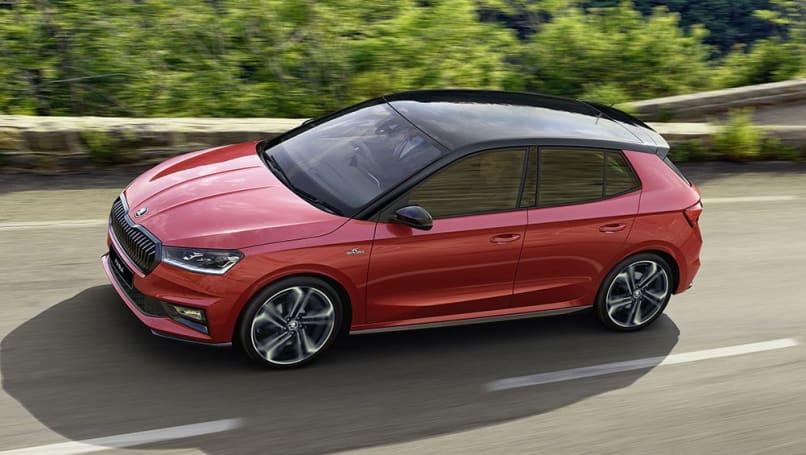
Holden class action! Holden Commodore, Colorado, Trailblazer, Caprice and more swept up in alleged faulty automatic transmission saga
Law firm Maurice Blackburn has launched a class action lawsuit against General...
Browse over 9,000 car reviews

Unless you’ve been living under a rock, you will have noticed the cost of small cars has been on a steady rise in recent years. Skoda made headlines recently when the price of its Fabia city car effectively leaped up almost $20,000, with a new starting price of $36,990 before on-road costs - which is the same price as a Volkswagen Golf 110TSI Life.
While the Fabia was a specific case of the car company choosing to opt for a highly-equipped launch model, it does highlight this recent trend for small cars to have bigger prices. For example, the Toyota Yaris range now begins at $23,740 which is only $155 less than the entry-level Corolla. While the compact Mazda2 line-up starts at $21,390, which will put a new car out of reach for many first-time buyers.
While there are several factors, not least of all the rising costs of raw materials around the world, one of the reasons often blamed for this surge in prices is the added safety equipment needed for a car to secure a five-star ANCAP safety rating.
ANCAP (the Australasian New Car Assessment Program) is an independent safety body that sets an industry standard with its variety of tests on both passive and active safety features. Despite ANCAP offering ratings from zero to five stars, it appears brands are hesitant to offer any car for sale locally without a maximum rating. This has led to a huge leap forward in safety for small cars.
The new Yaris is an excellent example of this trend. A large part of its near 40 per cent price increase (compared to the previous generation) is thanks to a load of safety features. For starters there’s eight airbags, including a segment-first of two front centre airbags to stop head clashes (which is a key requirement for ANCAP’s Adult Occupant Protection score).
Also included in the Yaris as standard is Toyota's pre-collision safety system, that features autonomous emergency braking with pedestrian and cyclist detection, as well as active cruise control, intersection turn assistance, lane trace assist with active steering, road-sign recognition and a reversing camera. That’s the level of safety equipment you would have expected in a flagship European luxury car only a decade ago, now it’s packaged into a tiny city-sized runabout.
However, ANCAP Chief Executive Officer, Carla Hoorweg, has played down the role that increased levels of safety has played on the overall price of small cars.
“Safety-related costs are undoubtedly a factor in vehicle pricing, but only one relatively small component,” Hoorweg told CarsGuide.

Car makers have complained in the background for several years that city and small cars offer limited profitability at a low starting price, so undoubtedly adding extra equipment - be it safety or otherwise - that adds to the retail price only makes them less appealing. That’s perhaps why we’ve seen models like the Hyundai Accent, Ford Fiesta and even Holden Spark (before the brand’s demise) all disappear.
The problem for consumers is that the increased costs of these small cars means many buyers simply cannot afford a new car, and are instead forced to look at the used market, where older models may not have the same level of safety equipment.
Ms Hoorweg, though, made no apologies for pushing safety improvements across every segment of the market either, believing that it is ANCAP’s mission to try and protect every road user as best as it can.
“It is ANCAP’s role to encourage the highest levels of safety as new models enter the market and have these safety features and technologies introduced as quickly as possible,” she explained.

“We do not apologise for encouraging increasing levels of safety when too many lives are lost, and serious injuries are still occurring on our roads. The technology is available and becomes even more important for purchasers of smaller cars given the fundamental mass differences between them and larger vehicles they mix with on our roads today.”
Ultimately though, it puts both ANCAP and car companies in a tough spot, with both parties ultimately wanting buyers to opt for newer and safer models, but the market is simply rising too much for some buyers - or buyers are simply shifting their preferences towards high-riders and SUVs.
Sales for ‘light cars’ are down 6.7 per cent in the first seven months of 2022, while ‘small car’ sales are down more than 22 per cent.
So, no matter what’s driving the price increase, it’s driving a decrease in demand for these newer, safer small cars.
Comments